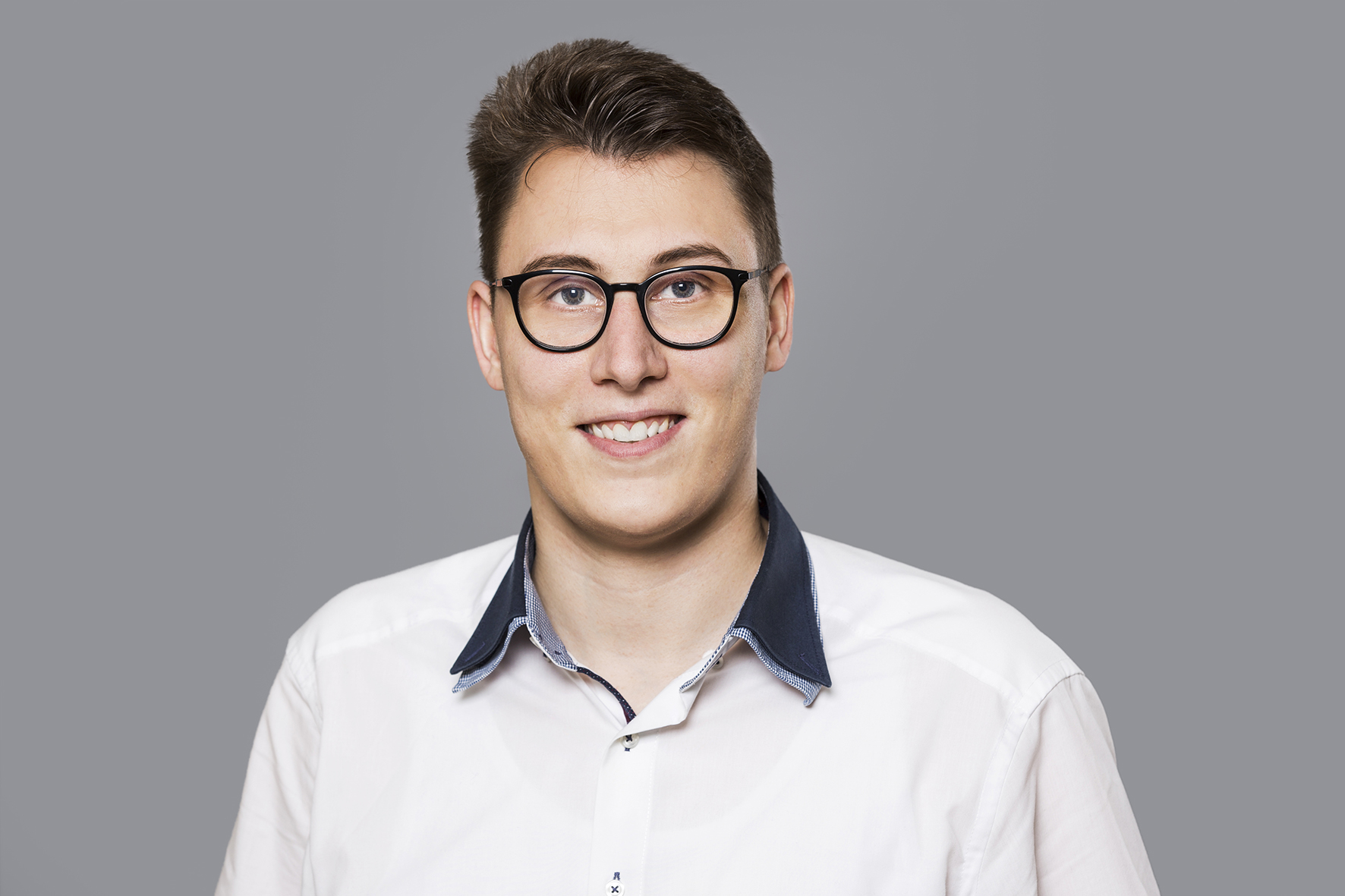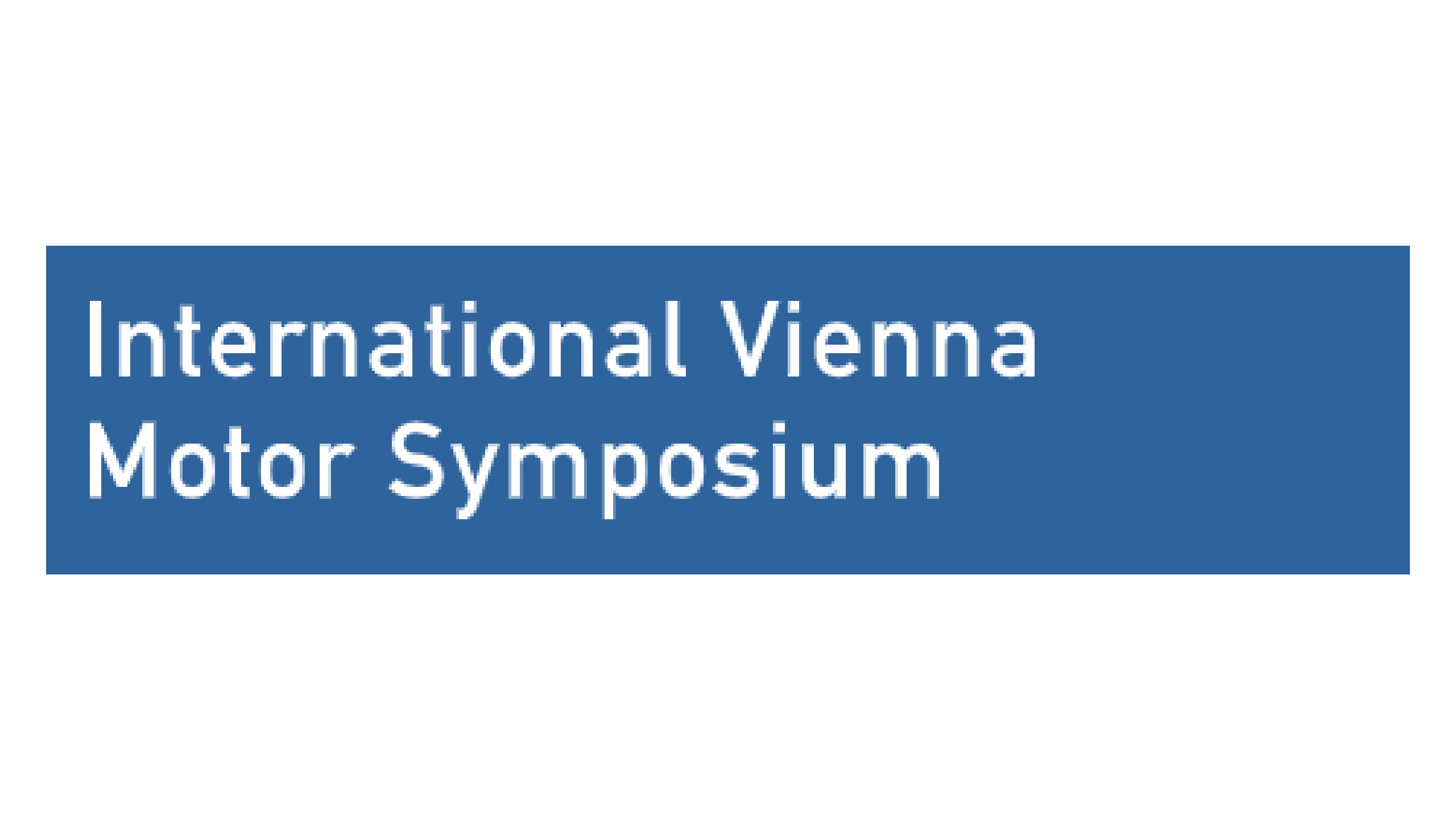State government eyes Lower Saxony test field
16.06.2022 —
During his press trip “Smart Projects in Lower Saxony”, State Premier Stephan Weil (SPD) visited the Lower Saxony Test Field and the 5G Real Lab in Braunschweig and Wolfsburg this week. The IAV delegation present underlined the necessity of introducing technologies and functionalities tried out in the test field into series production.

A state premier’s schedule is naturally pretty tight. That also applied to Weil’s press trip. At 11 a.m., the head of government received information about the Lower Saxony test field at motorway 39 near Cremlingen (district of Wolfenbüttel), and less than an hour later he already found himself inside the hangar of the German Aerospace Center (DLR) in Braunschweig to learn more about the 5G real laboratory. But there was not much time here either, because Weil was already due to be in Wolfsburg in the afternoon. Despite the short time, his message to attendees was clear: If Lower Saxony wants to remain an automotive stronghold with production facilities for high-quality vehicles in the future, the state must be at the forefront of developments in the field of autonomous driving.
Lower Saxony test field and 5G real laboratory for safer mobility of tomorrow
Transmission masts are currently being erected on the Lower Saxony test field to record and analyse driving behaviour and traffic flow, among other things. This will allow functions for automated and connected vehicles to be developed or improved. Once it has been fully set up, the test field will cover about 280 kilometres of motorways and several federal and country roads – namely sections of the A2, A7, A39, A391 motorways, as well as parts of the B3, B6, B243 and L295 federal and country roads.
On the other hand, in the so-called 5G real lab, the focus is on applications that will be possible thanks to the new mobile radio standard . For example, a rescue drone may transmit images and data to emergency services to provide them with the most accurate view of the situation even before they arrive at the scene of an accident.
IAV points out the need for more traffic infrastructure
As a founder of the test field, IAV was also present on site. Kathrin Hagemann and Markus Röseler pointed out to the state premier the familiar chicken-and-egg problem. Vehicle manufacturers currently still hesitate to introduce individual new vehicle functions, as these require a communication interface within the traffic infrastructure, i.e. outside the vehicle. By furnishing the traffic infrastructure, politicians and authorities have the chance to solve this chicken-and-egg problem. IAV contributes to solving the chicken-and-egg problem in the field of Cooperative Intelligent Transport Systems (C-ITS), through participation in European standardisation and concrete solutions that enable direct communication (V2X) between civilian passenger cars and special-mission vehicles, as well as construction-site barrier trailers and traffic light systems. Besides, the IAV team expressed the wish to expand the 5G real lab to the greater Gifhorn area.
Stephan Weil showed himself to be impressed by the progress of science and he was confident that many stakeholders will benefit from the fundamental work in Lower Saxony in the future.






